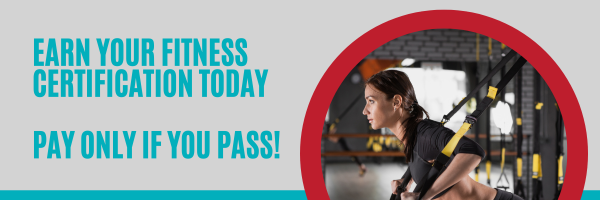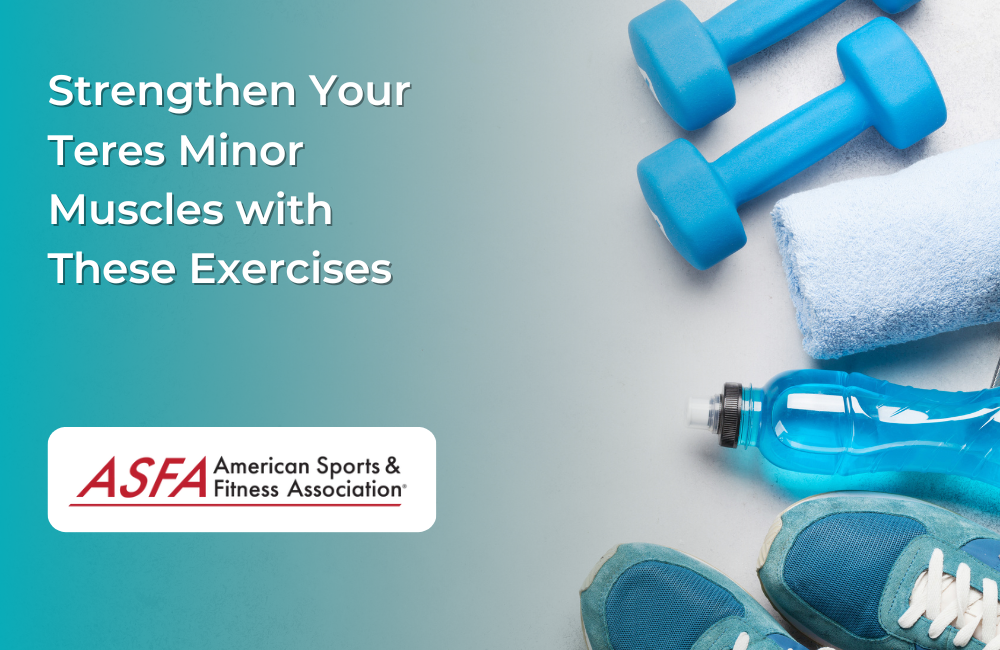The Role of the Rotator Cuff Muscles
The shoulder is one of the most complex and mobile joints in the human body, allowing for a wide range of motion in multiple directions. Central to the shoulder’s function is the rotator cuff, a group of four muscles and their tendons, known as the rotator cuff muscles, that stabilize the shoulder joint and enable various movements. The rotator cuff is essential for lifting and rotating the arm, as well as maintaining the stability of the shoulder joint during dynamic activities. Additionally, the teres major muscle plays a crucial role in shoulder stability and movement, working closely with the teres minor and latissimus dorsi.
Anatomy of the Teres Minor
The teres minor is one of the four muscles that make up the rotator cuff, along with the supraspinatus, infraspinatus, and subscapularis. The teres minor is located on the posterior (back) aspect of the shoulder, running from the lateral border of the scapula (shoulder blade) to the greater tubercle of the humerus (the upper arm bone). Its primary function is to externally rotate the arm and assist in stabilizing the humeral head within the shoulder socket, particularly during overhead and rotational movements. Given its role in shoulder stability and movement, strengthening the teres minor is crucial for anyone involved in activities that require upper body strength and mobility.
While the teres minor is part of the rotator cuff, the teres major, located nearby, plays a different role in shoulder movement and stability. Unlike the teres minor, the teres major muscle is not part of the rotator cuff and primarily functions to medially rotate and adduct the arm. It works closely with the latissimus dorsi to stabilize the shoulder and is important in exercises that involve pulling motions. Understanding the differences between the teres minor and teres major muscles is essential for effective muscle therapy and injury prevention.
The Importance of Strengthening the Teres Minor
Why the Teres Minor Matters
The teres minor plays a pivotal role in the overall function and stability of the shoulder joint. A strong and well-conditioned teres minor contributes to:
-
Enhanced Shoulder Stability: By helping to stabilize the shoulder joint, the teres minor reduces the risk of dislocations and other shoulder injuries, particularly during heavy lifting or dynamic movements.
-
Improved Rotational Strength: The teres minor is key to performing external rotation movements, which are essential in many sports and activities, such as throwing, swimming, and certain weightlifting exercises.
-
Injury Prevention: A weak or underdeveloped teres minor can lead to imbalances in the shoulder, increasing the risk of injuries such as rotator cuff tears, impingement syndrome, and chronic shoulder pain.
Top Exercises for Strengthening the Teres Minor
1. External Rotations
Purpose: Strengthen the teres minor and improve shoulder stability.
How to Perform:
-
Equipment: Resistance band or light dumbbell.
-
Position: Stand with feet shoulder-width apart and knees slightly bent.
-
Movement: Hold the resistance band or dumbbell with both hands, elbows bent at 90 degrees and close to your body. Rotate your arms outward, away from your body, until your forearms are parallel to the floor. This 'arm outward' movement emphasizes the role of the teres minor in stabilizing the shoulder joint. Slowly return to the starting position and repeat.
Reps and Sets: 3 sets of 12-15 reps.
2. Scaption
Purpose: Target the teres minor and shoulder stabilizers.
How to Perform:
-
Equipment: Light dumbbells.
-
Position: Stand with feet shoulder-width apart and knees slightly bent.
-
Movement: Hold a dumbbell in each hand with palms facing inward. Raise your arms diagonally in front of your body to form a "V" shape, with thumbs pointing upward. Keep elbows slightly bent and shoulders relaxed. Slowly lower your arms back to the starting position.
Reps and Sets: 3 sets of 10-12 reps.
3. Face Pulls
Purpose: Strengthen the teres minor, rotator cuff muscle, and upper back muscles.
How to Perform:
-
Equipment: Resistance band and sturdy anchor point.
-
Position: Attach the band to an anchor point at shoulder height. Stand facing the anchor point, holding the band with both hands, palms inward.
-
Movement: Step back to create tension in the band. Keeping elbows at shoulder height, pull the band toward your face, squeezing shoulder blades together. Slowly release the tension and repeat.
Reps and Sets: 3 sets of 12-15 reps.
4. Reverse Flys
Purpose: Target the rear deltoids, upper back, and teres minor.
How to Perform:
-
Equipment: Light dumbbells.
-
Position: Stand with feet shoulder-width apart, knees slightly bent. Hold a dumbbell in each hand with palms facing inward. Hinge forward at the hips, keeping your back straight and core engaged.
-
Movement: Raise your arms out to the side, elbows slightly bent, until they are parallel to the floor. Slowly lower the dumbbells back to the starting position.
Reps and Sets: 3 sets of 10-12 reps.
5. YTWLs
Purpose: Strengthen the rotator cuff, upper back, and shoulder muscles, including the teres muscles.
How to Perform:
-
Equipment: Light dumbbells.
-
Position: Lie face down on a bench or stability ball, holding a dumbbell in each hand. Start with arms hanging straight down, palms inward.
-
Movement: Raise your arms into a “Y” shape, hold for several seconds, then return to the starting position. Repeat in a “T” shape, then a “W” shape, and finally an “L” shape, holding each position for several seconds.
Reps and Sets: 2 sets of 6-8 reps in each position.
Example Teres Minor Workout Plan
To effectively target the teres minor and support overall shoulder health, consider incorporating the following workout plan into your routine:
Warm-Up:
-
Dynamic Shoulder Warm-Up (5-10 minutes): Include exercises like arm circles, cross-body arm swings, and light shoulder presses to increase blood flow to the shoulder area.
Workout:
-
External Rotations - 3 sets of 12-15 reps. These exercises focus on movements such as lateral or external rotation to effectively engage the teres minor.
-
Scaption - 3 sets of 10-12 reps
-
Face Pulls - 3 sets of 12-15 reps
-
Reverse Flys - 3 sets of 10-12 reps
-
YTWLs - 2 sets of 6-8 reps per position
Cool-Down:
-
Static Shoulder Stretches (5-10 minutes): Focus on stretching the rotator cuff and upper back muscles, including the teres minor, to improve flexibility and reduce muscle tightness.
-
Foam Rolling: Use a foam roller on the upper back and shoulders to release tension and promote recovery.
Incorporating Mobility and Stretching
Maintaining shoulder mobility and flexibility is just as important as building strength. Incorporate the following mobility and stretching exercises into your routine to keep your shoulders healthy and functional:
1. Shoulder Dislocations with a Band
-
Purpose: Improve shoulder mobility and flexibility.
-
How to Perform: Hold a resistance band with a wide grip and slowly raise it overhead and behind your back, keeping your arms straight. Return to the starting position and repeat.
2. Chest Stretch
-
Purpose: Stretch the chest muscles to prevent tightness that can affect shoulder mobility.
-
How to Perform: Stand in a doorway with arms at 90 degrees and lean forward to stretch the chest.
3. Upper Back Stretch
-
Purpose: Stretch the upper back and relieve tension.
-
How to Perform: Sit with legs extended, cross one arm over the other and round your back to stretch the upper back.
Rest and Recovery: Key to Shoulder Health
Rest and recovery are crucial components of any training program, especially when working on smaller muscles like the teres minor. Overtraining can lead to fatigue and increase the risk of injury, so it’s important to prioritize recovery.
Tips for Effective Recovery:
-
Rest Days: Schedule at least one full rest day per week to allow your muscles to recover.
-
Sleep: Aim for 7-9 hours of sleep each night to support muscle repair and overall recovery.
-
Hydration: Stay hydrated throughout the day to prevent muscle cramps and promote recovery.
Conclusion
The teres minor muscle plays a vital role in shoulder stability, mobility, and overall upper body strength. By incorporating targeted exercises like external rotations, scaption, face pulls, reverse flys, and YTWLs into your workout routine, you can strengthen this essential muscle and enhance your shoulder health. Remember to prioritize proper form, integrate mobility exercises, and listen to your body to prevent injury. With consistent effort and a well-rounded approach, you can build a strong and resilient shoulder, improving your overall upper body performance and reducing the risk of injury.





